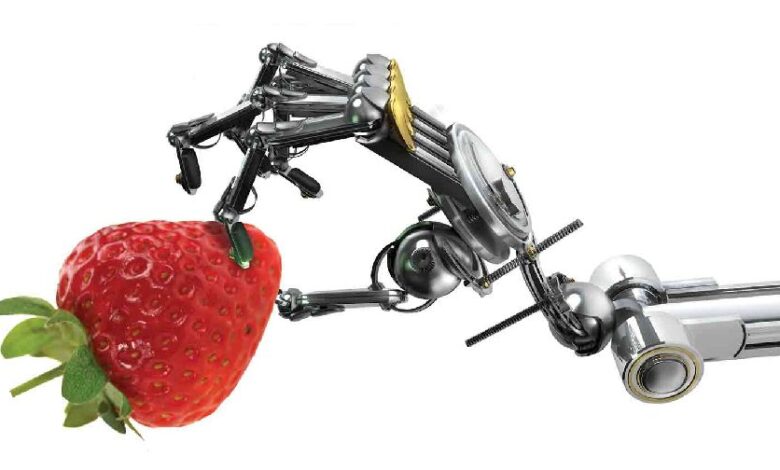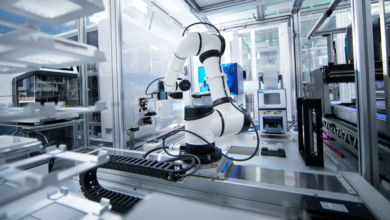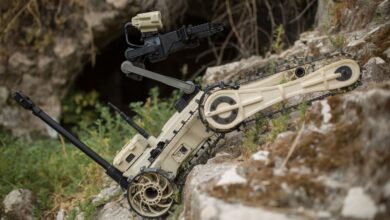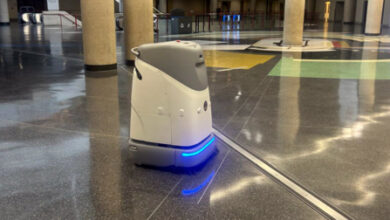Robots on a Roll: The Future of Farming Is Here Now

The mechanization of agriculture during the industrial revolution and later in the mid-20th century Green Revolution dramatically shifted the capabilities of an individual farmer and how much land they could manage, according to Agritecture. From the cotton gin to tractors and combines, mechanization plays a major role in the abundant food systems we benefit from today. In outdoor agriculture nearly every process in growing is done using highly mechanized systems and increasingly are upgrading to more intelligent robotic systems.
Robotics, broadly defined, involves the use of machines capable of performing a wide variety of tasks and actions automatically. This includes machines that navigate spaces and manipulate objects often using sensors, actuators and computational systems that process the information and act on it.
These machines are classified based on their operational roles, including but not limited to:
- Seeding: Machines that automate the sowing of seeds, ensuring optimal depth and spacing.
- Transplanting: Machines that move plants from a dense nursery growth stage to a more spread out growth stage.
- Harvesting: Machines designed for efficiently cutting plants from their roots. Robots equipped with sensors and end-effectors to identify and pick ripe produce.
- Weeding and Pest Control: Units that use precision application of herbicides or mechanical methods to manage weeds and pests.
- Monitoring and Scouting: Drones or ground vehicles that gather data on crop health, moisture levels, and other critical parameters.
The global agricultural robotics market is projected to grow significantly, from $13.4 billion in 2023 to an estimated $86.5 billion by 2033, indicating a compound annual growth rate of 20.5% over the forecast period. This growth is driven by the increasing demand for automation in agriculture, rising labor costs, and the need to meet escalating food production demands. The integration of artificial intelligence, machine learning, and big data analytics in agricultural robots has led to the development of more sophisticated and intelligent farming solutions.
For more, continue reading at Agritecture.com.
0
1
5
Robots on a Roll: The Future of Farming Is Here Now



